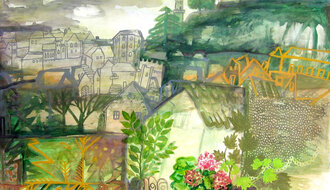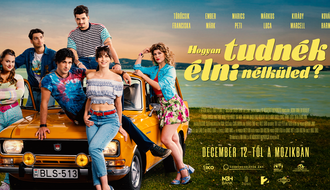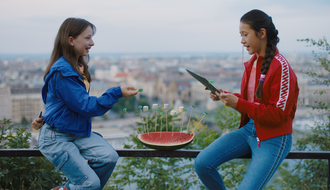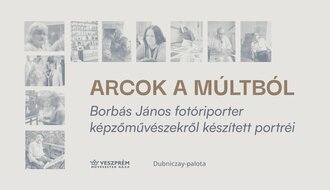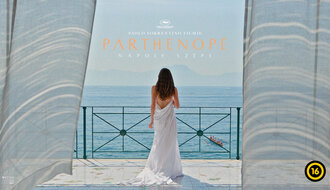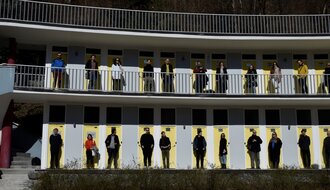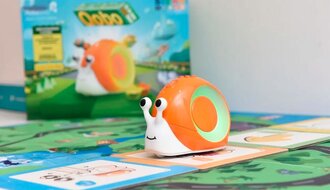PUCARA BIKA & SHIPIBO-KONIBO NÉPEM PORTRÉI / opening
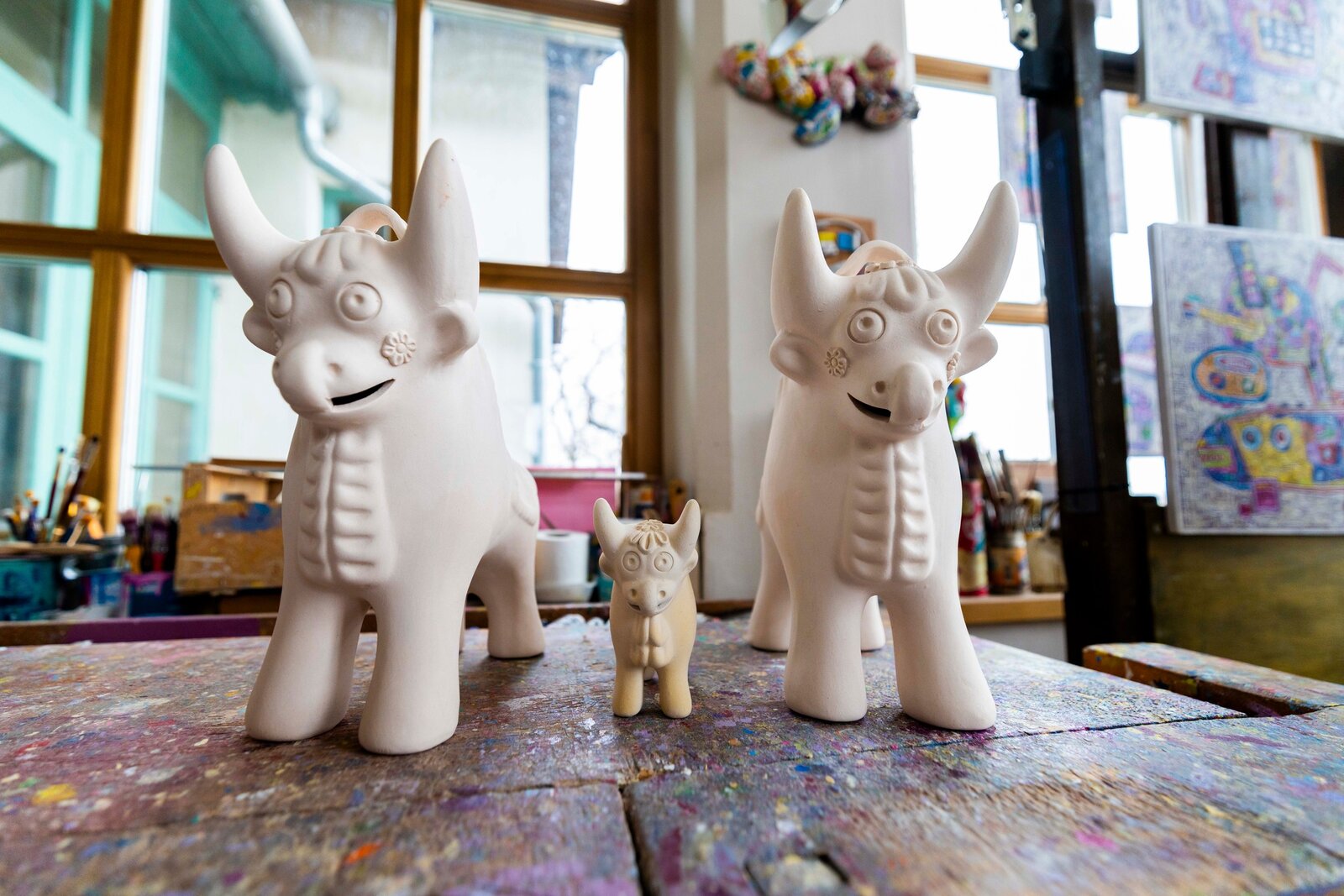
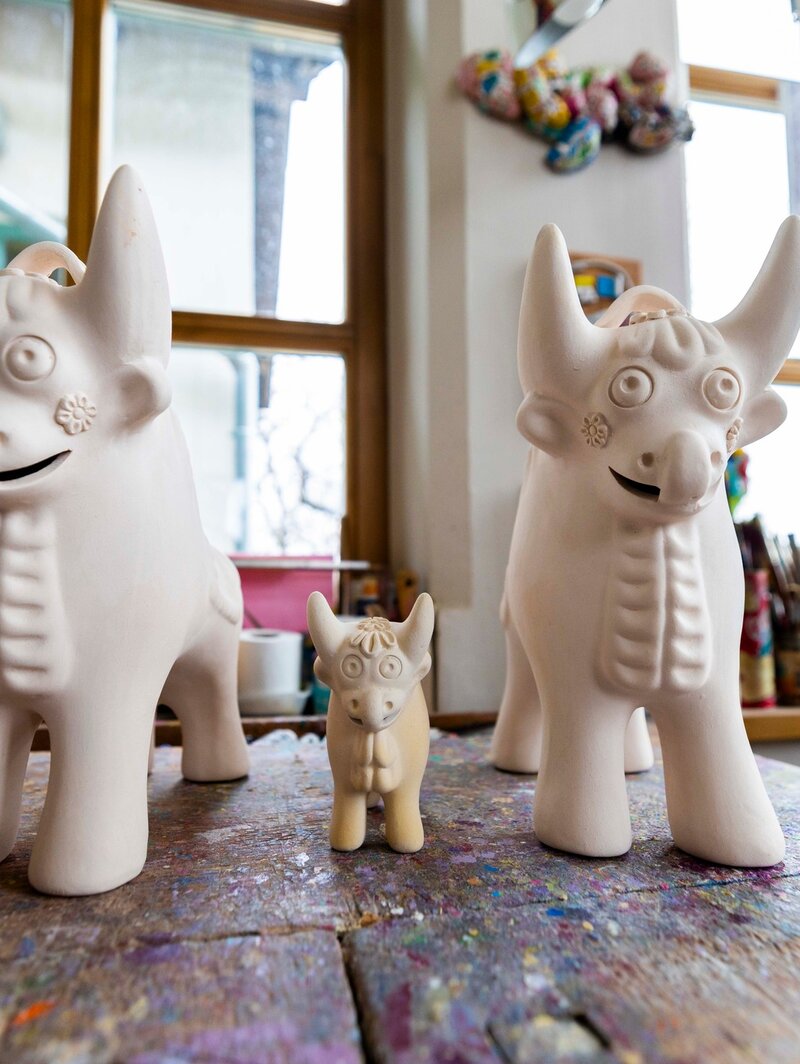
Our guest during the Week of Hungarian Culture is Peru PUCARABull - The Wandering ambassador of the Peruvian Highlands Castle Gallery SHIPIBO-KONIBO Portraits of my People - Photographs by David Díaz Exhibition space D1
Opening speech by Edgard Pérez Alván, Ambassador of the Republic of Peru to Budapest
PUCARA BULL
THE WANDERING AMBASSADOR OF THE PERUVIAN HIGHLANDS
Inspired by the agricultural bulls imported by the Spaniards, Pucara potters initially made simple, realistic figures. These early 'Pucara bulls' had elongated bodies, two horns, flat surfaces and minimal decoration. They were solid, unglazed figures that were not made in a kiln.
Originally, the 'Pucara bull' served a practical purpose, often being fashioned as a jug or canteen to carry liquids such as water or spirits, especially for travellers. Over time, the city of Pucara became a bustling marketplace, attracting traders and travellers from Peru, Bolivia, Argentina and Chile. Pilgrims and travellers from the highlands, especially those from Cusco who followed traditional Andean customs, were among the first to buy these utilitarian ceramics. The 'Pucara bull' became very important both as a utensil and as a sacred object, used as an 'Illa' (amulet) in rituals to honour the 'Pachamama' (Mother Earth) and to ensure the fertility of livestock.
With the spread of bullfighting in the city, local priests encouraged craftsmen to decorate the bulls with ornaments that reflected the costumes worn by the fighting bulls. The Spanish potters collaborated with local workshops, resulting in a cross on the bulls' foreheads and a saddlebag on their backs. This marked the birth of the now iconic 'Pucara bull'. These bulls became a regular feature of ritual ceremonies such as the 'Pujllay' (carnival celebrations) and agricultural festivals in the Andes.
According to Andean tradition, the placement of two 'Pucara bulls' on the roofs of houses symbolises duality, unity and happiness at home. Accompanied by a cross, these clay bulls form a powerful symbol representing the union of the natural elements - water, fire and air - man, earth and space, all intertwined in the essence of life. For mountain people, this sacred combination provides protection for home and family, and wards off negative forces.
PORTRAITS OF MY SHIPIBO-KONIBO PEOPLE - PHOTOS BY DAVID DÍAZ
The shipibo-konibo are indigenous Amazonian people living along the Ucayali River in Peru. The people, numbering some 35 000 people, subsist on slash-and-burn agriculture, fishing and hunting, which today provides less prey. Many elements of their traditional tribal culture and worldview survive today, while their way of life is gradually changing. Since the 1990s, many have moved to nearby towns (Pucallpa, Yarinacocha communes) for easier livelihoods, while others have sought work in the capital, Lima. The families who emigrated still maintain contact with their communities of origin.
The most distinctive decoration on traditional shipibo-konibo objects is the kené, a geometric, often labyrinthine pattern system that appears in many of David Díaz's photographs.
The motifs appear on weapons, fabrics, wooden objects, ceramics and body paintings and are a summation of the shipibo-konibo worldview, knowledge and aesthetics. According to ancestral belief, the inspiration for the kené motifs is the mythical anaconda, on whose skin all the variations can be found.
Shamans and ritual participants can see and understand these patterns by consuming a mind-altering, psychoactive mixture of plants that give the anaconda its power, such as ajahuaska.
The objects decorated with kené patterns that appear in visions are nowadays not only for home use. Many families offer their handicrafts to tourists, and the motifs are also found on contemporary shipibo-konibo art. The area has also become an important centre of ayahuasca culture in Peru.



